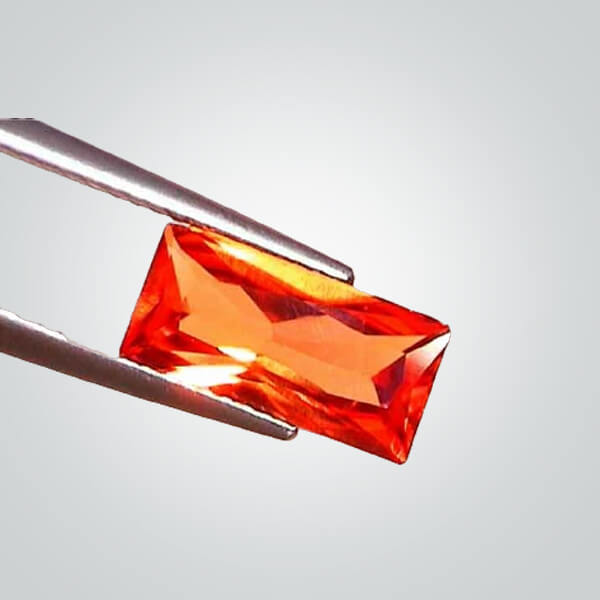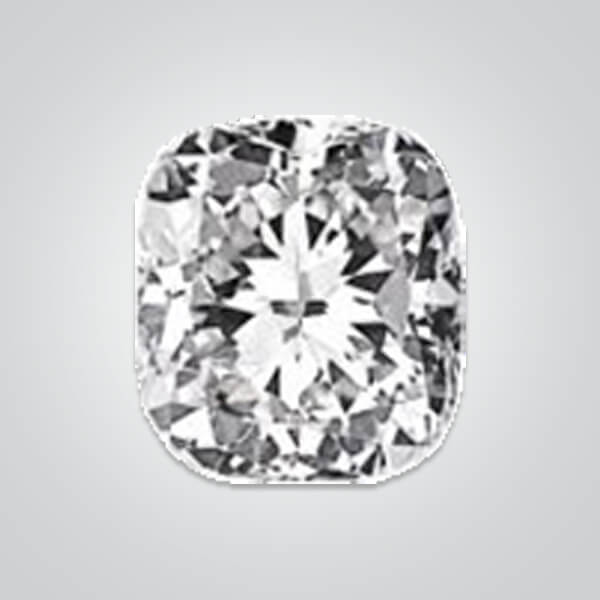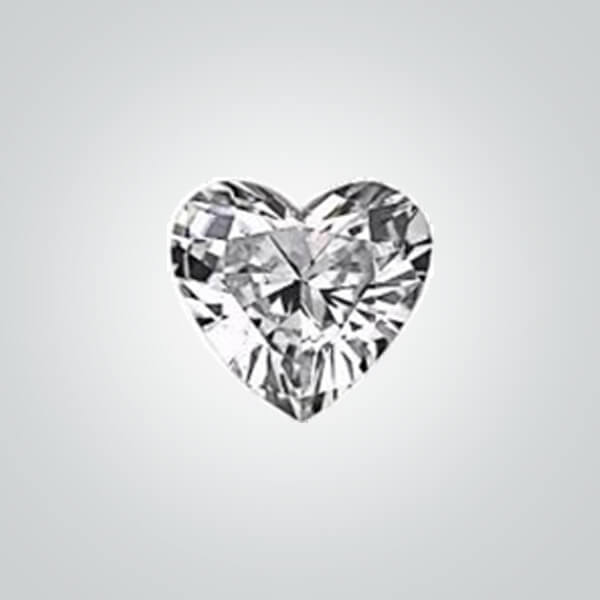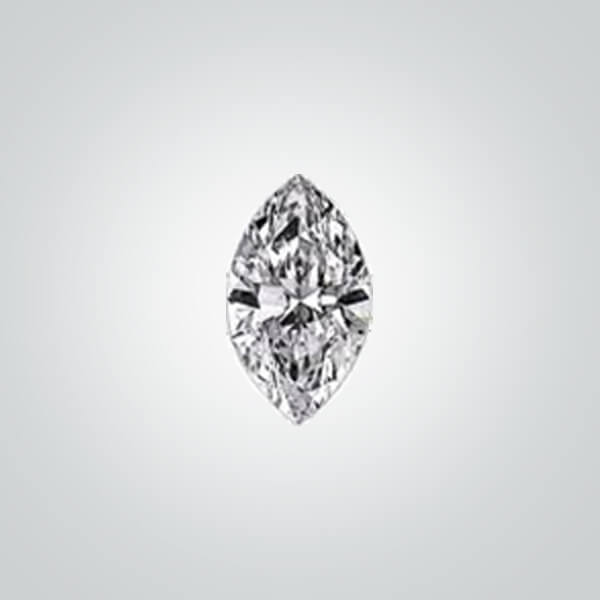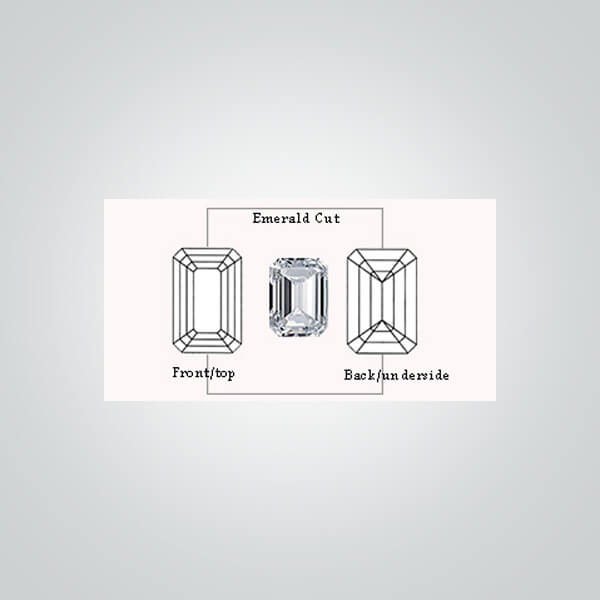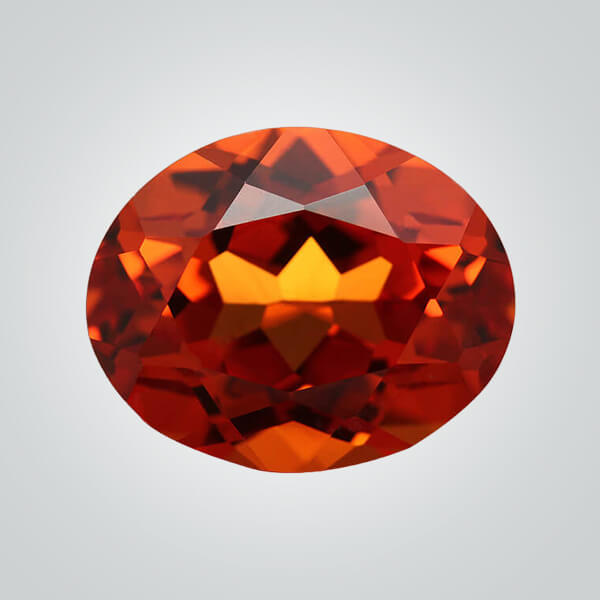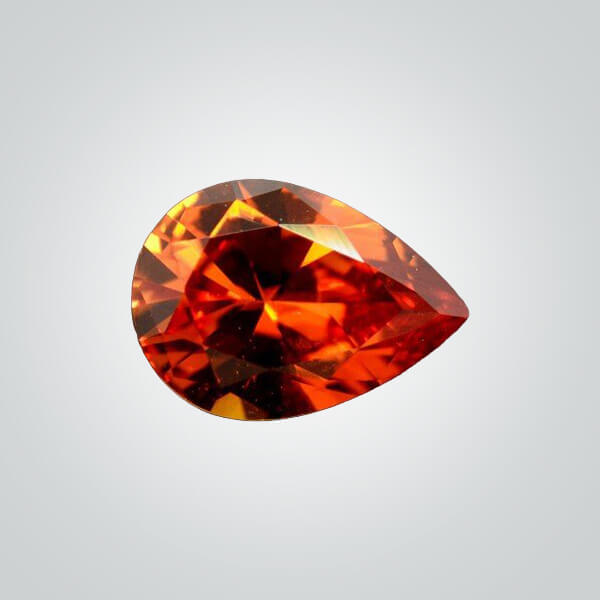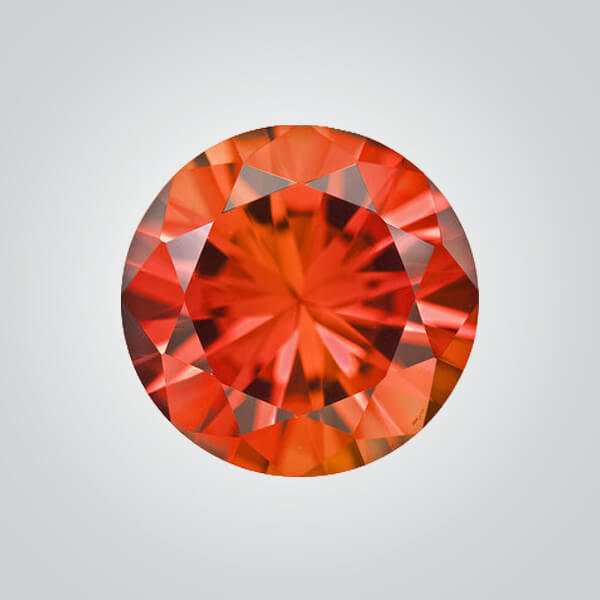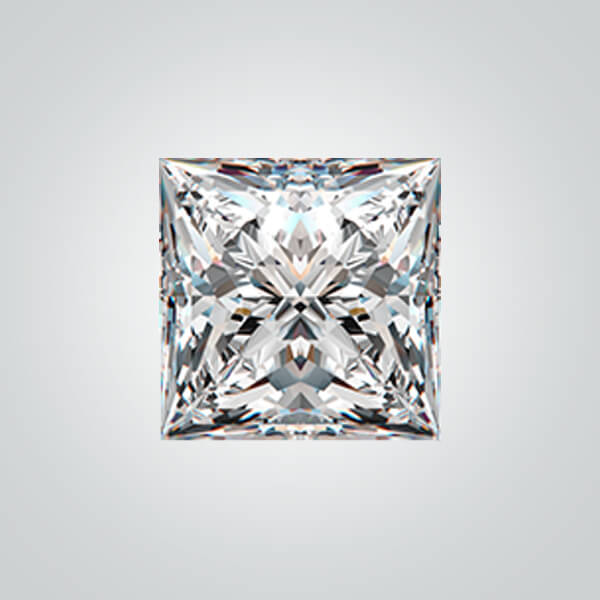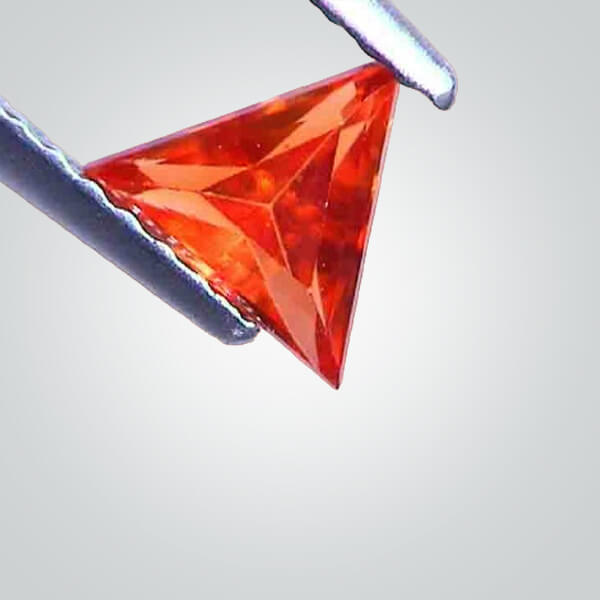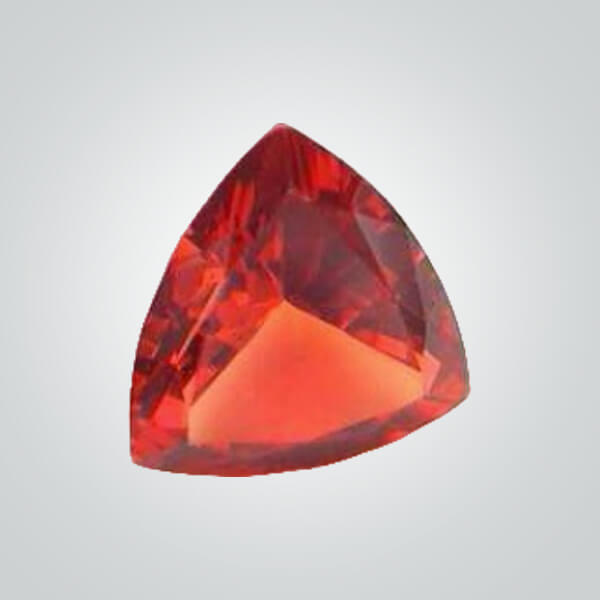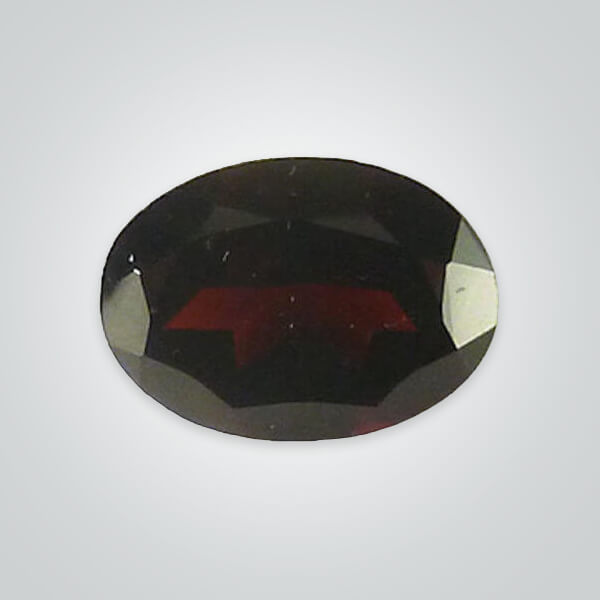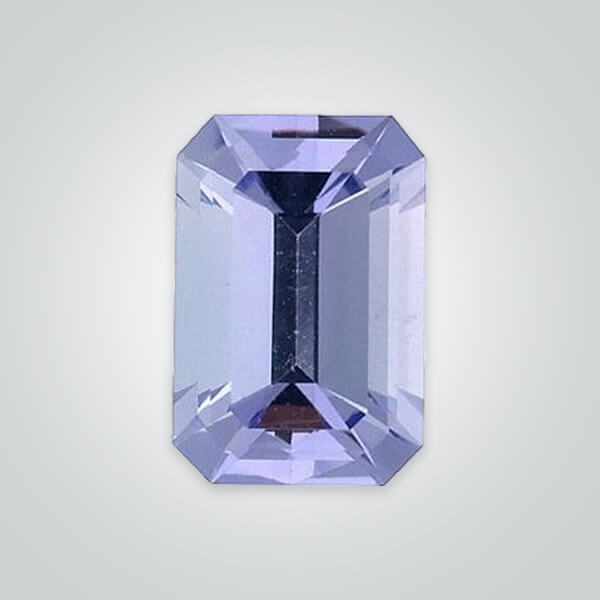Padparadscha
Lab Created Padparadscha# 55, Baguette
GEMSTONE DETAIL Origin: Grown in Lab by Verneuil / Flame Fusion method Dimensions: 5x3mm to 18x13mm Grade: AAA Clarity: Eye Clean Shape:
Lab Created Padparadscha# 55, Baguette
GEMSTONE DETAIL Origin: Grown in Lab by Verneuil / Flame Fusion method Dimensions: 5x3mm to 18x13mm Grade: AAA Clarity: Eye Clean Shape:
Lab Created Padparadscha# 55, Cushion
GEMSTONE DETAIL Origin: Grown in Lab by Verneuil / Flame Fusion method Dimensions: 3x3mm to 15x15mm Grade: AAA Clarity: Eye Clean Shape:
Lab Created Padparadscha# 55, Cushion
GEMSTONE DETAIL Origin: Grown in Lab by Verneuil / Flame Fusion method Dimensions: 3x3mm to 15x15mm Grade: AAA Clarity: Eye Clean Shape:
Lab Created Padparadscha# 55, Heart
GEMSTONE DETAIL Origin: Grown in Lab by Verneuil / Flame Fusion method Dimensions: 3x3mm to 15x15mm Grade: AAA Clarity: Eye Clean Shape:
Lab Created Padparadscha# 55, Heart
GEMSTONE DETAIL Origin: Grown in Lab by Verneuil / Flame Fusion method Dimensions: 3x3mm to 15x15mm Grade: AAA Clarity: Eye Clean Shape:
Lab Created Padparadscha# 55, Marquise
GEMSTONE DETAIL Origin: Grown in Lab by Verneuil / Flame Fusion method Dimensions: 4x2mm to 18x9mm Grade: AAA Clarity: Eye Clean Shape:
Lab Created Padparadscha# 55, Marquise
GEMSTONE DETAIL Origin: Grown in Lab by Verneuil / Flame Fusion method Dimensions: 4x2mm to 18x9mm Grade: AAA Clarity: Eye Clean Shape:
Lab Created Padparadscha# 55, Octagon
GEMSTONE DETAIL Origin: Grown in Lab by Verneuil / Flame Fusion method Dimensions: 5x3mm to 18x13mm Grade: AAA Clarity: Eye Clean Shape:
Lab Created Padparadscha# 55, Octagon
GEMSTONE DETAIL Origin: Grown in Lab by Verneuil / Flame Fusion method Dimensions: 5x3mm to 18x13mm Grade: AAA Clarity: Eye Clean Shape:
Lab Created Padparadscha# 55, Oval
GEMSTONE DETAIL Origin: Grown in Lab by Verneuil / Flame Fusion method Dimensions: 5x3mm to 18x13mm Grade: AAA Clarity: Eye Clean Shape:
Lab Created Padparadscha# 55, Oval
GEMSTONE DETAIL Origin: Grown in Lab by Verneuil / Flame Fusion method Dimensions: 5x3mm to 18x13mm Grade: AAA Clarity: Eye Clean Shape:
Lab Created Padparadscha# 55, Pear
GEMSTONE DETAIL Origin: Grown in Lab by Verneuil / Flame Fusion method Dimensions: 5x3mm to 18x13mm Grade: AAA Clarity: Eye Clean Shape:
Lab Created Padparadscha# 55, Pear
GEMSTONE DETAIL Origin: Grown in Lab by Verneuil / Flame Fusion method Dimensions: 5x3mm to 18x13mm Grade: AAA Clarity: Eye Clean Shape:
Lab Created Padparadscha# 55, Round
GEMSTONE DETAIL Origin: Grown in Lab by Verneuil / Flame Fusion method Dimensions: 1.50mm to 15.00mm Grade: AAA Clarity: Eye Clean Shape:
Lab Created Padparadscha# 55, Round
GEMSTONE DETAIL Origin: Grown in Lab by Verneuil / Flame Fusion method Dimensions: 1.50mm to 15.00mm Grade: AAA Clarity: Eye Clean Shape:
Lab Created Padparadscha# 55, Square
GEMSTONE DETAIL Origin: Grown in Lab by Verneuil / Flame Fusion method Dimensions: 3x3mm to 15x15mm Grade: AAA Clarity: Eye Clean Shape:
Lab Created Padparadscha# 55, Square
GEMSTONE DETAIL Origin: Grown in Lab by Verneuil / Flame Fusion method Dimensions: 3x3mm to 15x15mm Grade: AAA Clarity: Eye Clean Shape:
Lab Created Padparadscha# 55, Triangle
GEMSTONE DETAIL Origin: Grown in Lab by Verneuil / Flame Fusion method Dimensions: 4x4mm to 15x15mm Grade: AAA Clarity: Eye Clean Shape:
Lab Created Padparadscha# 55, Triangle
GEMSTONE DETAIL Origin: Grown in Lab by Verneuil / Flame Fusion method Dimensions: 4x4mm to 15x15mm Grade: AAA Clarity: Eye Clean Shape:
Lab Created Padparadscha# 55, Trillion
GEMSTONE DETAIL Origin: Grown in Lab by Verneuil / Flame Fusion method Dimensions: 4x4mm to 15x15mm Grade: AAA Clarity: Eye Clean Shape:
Lab Created Padparadscha# 55, Trillion
GEMSTONE DETAIL Origin: Grown in Lab by Verneuil / Flame Fusion method Dimensions: 4x4mm to 15x15mm Grade: AAA Clarity: Eye Clean Shape:
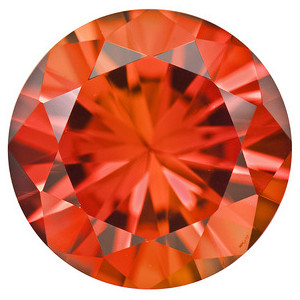
Padparadscha
- COLOR: We can supply Lab Created Padparadscha in orange, piniksh orange shades.
- CHEMICAL COMPOSITION: Al2O3 (Corundum)
- CUT:Baguette, Cushion, Emerald, Heart, Marquise, Oval, Pear, Round, Square, Triangle, Trillion
- SPECIFIC GRAVITY: 3.95 – 4.10
- REFRACTIVE INDEX: 1.757 to 1.780
- HARDNESS: 9
- BIRTHSTONE: Padparadscha is the birthstone of September
UNUSUAL PROPERTIES:
Padparadscha Sapphires bring a vital energy to the emotions, allowing one to be more outgoing and dynamic, playful and full of joy. They allow one to better express their feelings to others. The Padparadscha’s pink color energy also stimulates the Heart Chakra located near the center of the breastbone. It regulates our interaction with the external world and controls what we embrace and what we resist. It gives us the balancing ability to be ourselves within the environment, and helps in our relationships.
TREATMENT:
There are several treatments for Padparadscha. Synthetic padparadscha sapphire crystals grow submerged in a slowly cooling high-temperature liquid and have unusually high perfection and very good brilliance when cut or faceted to make loose gemstones.Sometimes they are produced by beryllium diffusion: usually shows a yellow-orangy rim – pink core when immersed. Radioactive bombardment is used much less often for strengthening the yellow colour of sapphire and the creation of an orange tint in pink chromium-rich stones, which is characteristic for padparadscha sapphires.Verenuil Or Flame fusion is one of the first methods used to produce synthetic gemstones, initially for corundum, thereafter for a number of other gemstones. This method is based on the melting of very finely pulverized alumina in an oxy-hydrogen blowpipe type burner. This requires a highly purified alumina which is prepared by repeated crystallization and later calcination of ammonium alum. The alumina is placed in a container or hopper which is tapped from above by a hammer at regular pre-selected intervals and regulates the flow of powder. This powder drops through the oxy-hydrogen flame, melts and falls on a rotating pedestal, where it solidifies. This pedestal is lowered slowly to allow cooling and crystallization of the corundum boule. The flame temperature generally ranges from about 1000°C to 2400°C since the melting point of corundum is approximately 2050°C. Both the growing crystal and the flame are protected from temperature variations by a circular ceramic heat resistant walled area. The different varieties of corundum are obtained by adding various metallic oxides to the alum before it is calcined.
USAGE:
Rings, necklaces, earrings, bracelets, pendants and any other jewellery.
WHAT WE SUPPLY:
Best quality Lab Created Padparadscha in different cuts and sizes.



